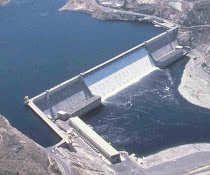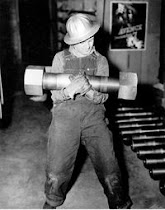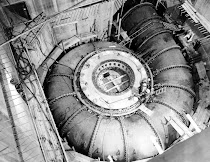Sailing Crazy!
Mrs. Wonacott
18 Apr. 2008.
Pathfinder
These days, everybody seems to be worried about the environment. We’re all trying to find some amazing form of clean energy that has a very small affect on the local and worldly environment. The thing is, we have already found one. This is a simple and easy way to produce electricity without a big carbon footprint. Hydropower is produced at a dam, where water is sent through a turbine to spin a generator to produce electricity. Hydroelectricity is a clean and renewable resource that can be produced on almost any river in the world.











